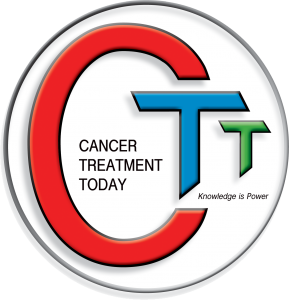Midostautin as maintenance in AML –
NCCN (MDS-MS-4) says: As indicated in the algorithm (see 2016 WHO Classification of MDS), the NCCN Guidelines allow for patients with 20% to 29% blasts AND a stable clinical course for at least 2 months to be considered as having either MDS or AML. Individuals with FLT3 and NPM1 mutations are more likely to have AML than MDS.25 The decision to treat these patients with
intensive AML therapy is complex and should be individualized.”
In regard to midostaurin as maintenace for AML, it is supported by the literature. Abbas in an eidece vased review says that: ” The utility of midostaurin in maintenance post stem cell transplantation has shown promising results and further studies are still ongoing.”
Maziarz deals witha situation of AML with FLT-3 mutation adn concluded that the addition of midostaurin maintenance therapy following alloHSCT may provide clinical benefit in some patients with FLT3-ITD AML.
Abbas HA, Alfayez M, Kadia T, Ravandi-Kashani F, Daver N. Midostaurin In Acute Myeloid Leukemia: An Evidence-Based Review And Patient Selection. Cancer Manag Res. 2019 Oct 4;11:8817-8828.
Maziarz RT, Levis M, Patnaik MM, Scott BL, Mohan SR, Deol A, Rowley SD, Kim DDH, Hernandez D, Rajkhowa T, Haines K, Bonifacio G, Rine P, Purkayastha D, Fernandez HF. Midostaurin after allogeneic stem cell transplant in patients with FLT3-internal tandem duplication-positive acute myeloid leukemia. Bone Marrow Transplant. 2021 May;56(5):1180-1189. doi: 10.1038/s41409-020-01153-1.
